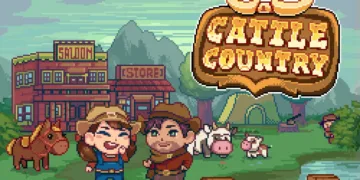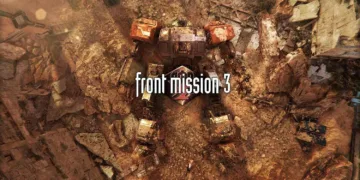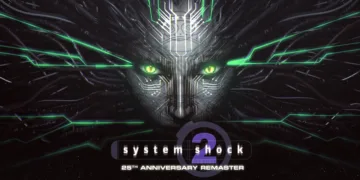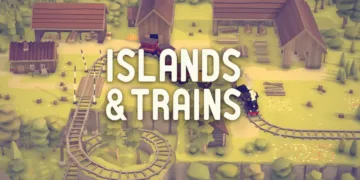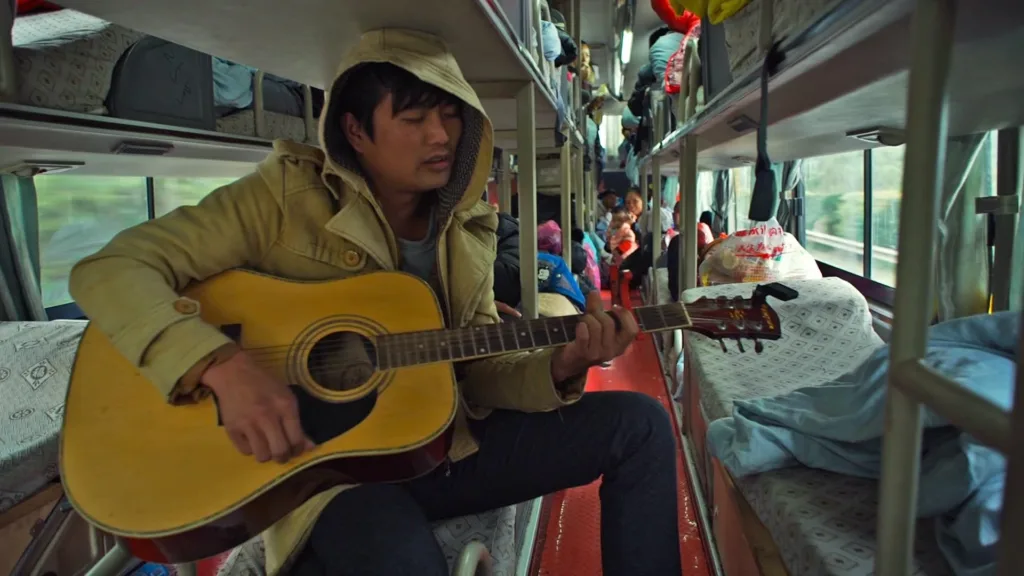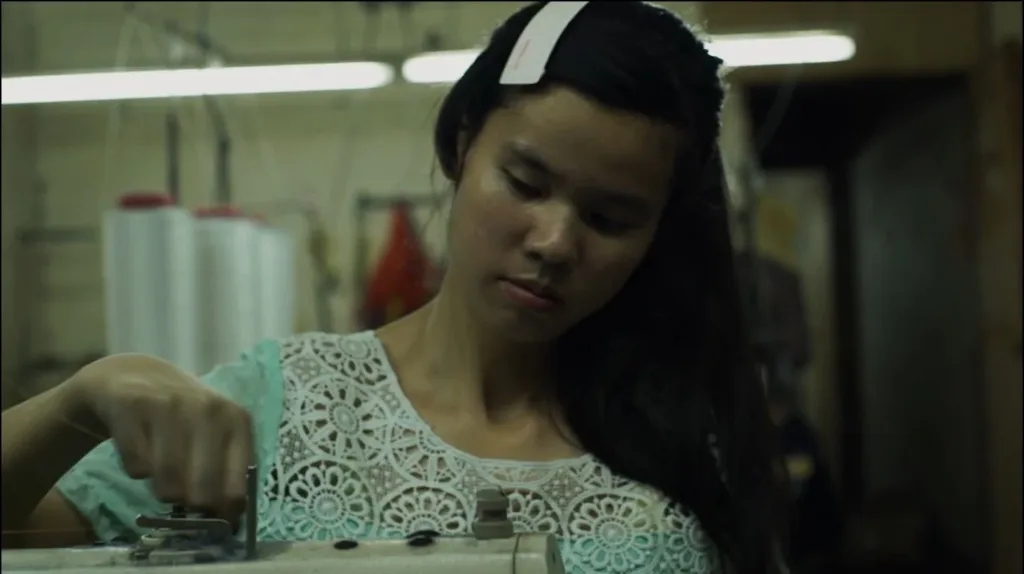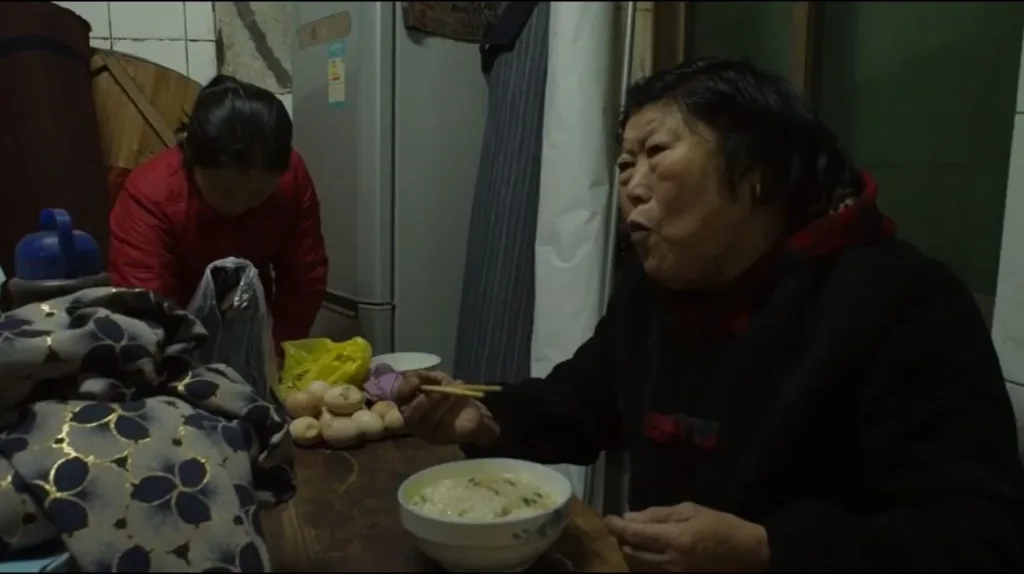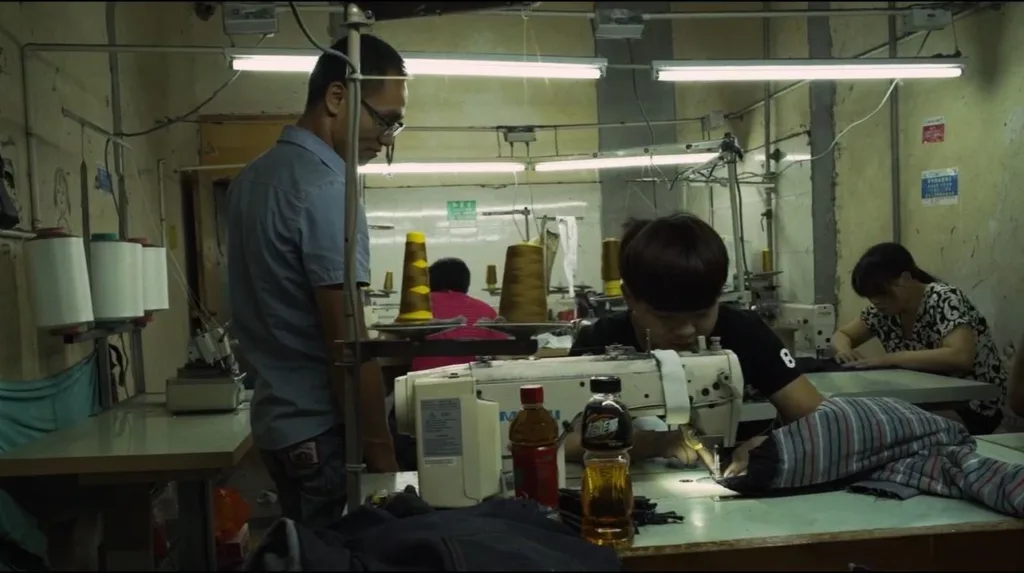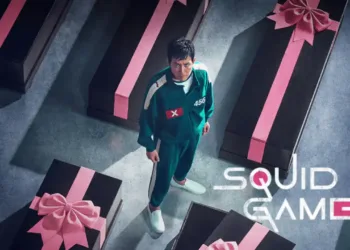Wang Bing’s Youth (Hard Times) picks up where its predecessor left off, deepening our understanding of lives dictated by backbreaking labor. Filmed over five years in garment factories throughout Zhili, China, this installment carries forward the documentary trilogy’s immersion in the rhythms of industrial toil. Through subtle shifts in focus, Hard Times subtly underscores both the passage of time and growing frustrations among its subjects – young migrant workers fighting for dignity amid dismal circumstances.
As with Spring, the film transports viewers into its world through lengthy, observant shots soaked in the din of sewing machines. This allows us to truly feel the numbing routine engulfing these factory workers, who labor as fast as minds and bodies allow. Yet Hard Times departs from its predecessor in documenting bolder organizing efforts against miserly bosses. It follows mounting disputes over paltry piecework pay and debates splitting the crowd.
While maintaining a fly-on-the-wall approach, Wang subtly engages more directly. Workers occasionally acknowledge the camera or request it attend important discussions, breaking observational barriers. Their initiatives aim to unite thousands across Zhili’s industrial zone and challenge entrenched power dynamics. Successes emerge, yet the struggle clearly remains in early stages.
Across four hours, Hard Times expands on Spring’s themes through subtle shifts revealing the passage of temporality textures by workers’ growing frustrations. Its earnest, unflinching chronicle demands attention, transporting viewers into lives governed by exploitation’s grind.
Threading Continuity
Wang Bing adopts a threaded approach, both aesthetically and thematically, to bring continuity between Youth films. Shooting over five years amasses thousands of hours revealing these migrant laborers’ rhythmic existence.
Repetitive medium shots immerse us amid sewing’s numbing din. Unending machine whirs portray the timeless routine governing these workers’ lives. Fluorescents and wandering cameras further disorient, replicating how labor’s monotony strips temporal meaning.
Compared to Spring, Hard Times’ shots indicate change. Factories appear messier and cluttered – different spaces, yet subtly showing the passage of erosive time. This continuity underscores growing discontent among subjects facing deteriorating conditions.
Flashing title cards introducing new faces through names, ages, hometowns weave subjects into the collective drama. While stationary shots immerse us within factory walls, occasional cutaways like expansive return homescapes alleviate claustrophobia.
Wang inserts subtle discontinuities too. Subjects interact more, nearly directing him. One instructs filming discussions elsewhere. Their empowerment diverges from Spring’s fly-on-the-wall passivity.
Hard Times echoes Spring aesthetically. Yet variations surface Bing’s thematic thread – time weathering circumstances while subjects’ frustrations intensify. Continuity and change alike capture these migrant lives’ fluid yet durable realities under exploitation’s grind.
Threading Through Hardship
Wang illuminates the suffocating labor conditions within Zhili’s textile district. Crammed factories spill into cramped dormitories atop Happiness Road, starkly contrasting the area’s ironic name.
Within cluttered, ill-ventilated workshops, workers endure grueling hot-season toil. Many labor shirtless under summer’s unrelenting heat, stitching clothes unlikely to keep out such sweltering temperatures. The physical demands extract their toll, paired with anxiety over unstable jobs offering fatigue, stress but little satisfaction or security.
Some subjects, struggling under such difficulties, bring family seeking aid. Elder women appear with young children or aging parents in tow, the lack of support networks leaving few alternatives. One can’t help but wonder how much longer this fragile arrangement may last.
Conditions fuel growing discontent as negotiations constantly diminish piece-work pay rates. Payment standards regularly decrease though outputs stay stringent, tightening the financial vice gripping these migrant laborers. Barely scraping by paycheck to paycheck under constant threats of further reductions, their frustrations mount.
Through it all, Wang illuminates these people’s resilience. Despite facing exploitation’s vise daily, their spirit survives – for now. But for how long can humanity endure under such an inhumane grind before the cracks become gashes? The conclusion remains unclear, yet their continued struggles shine light on the dark realities pressing down.
Stitching Solidarity
Remember that young man demanding due wages, only to face violence? His assault triggers risky organizing attempts as factories shutter.
Workers feel the squeeze, fearing lost pay and housing. Unity offers their sole leverage against such twin anxieties. Yet uniting tens of thousands across Zhili poses sizable challenges – divisions run deep.
Gradually, some gather experience mentoring fresh arrivals. Their growing skills seed momentum. Still, real negotiations met management stonewalls workers’ basic demands endlessly. Tense talks left audiences weary, clearly depicting obstructions to bargaining power.
Progress emerges subtly. Brief successes affirm solidarity’s strength, like experienced subjects assisting negotiations. But uniting an industry remains an uphill battle, and not all find courage to participate.
Through drawn-out, divisive discussions, Wang captures organizational growing pains. Only by sticking together might these migrant laborers withstand exploitation’s pressures. Their solidarity faces opposition, yet each victory buds hope that one day, all may stand as equals.
Threading Discontent
Hard Times levels critique at modern China’s abandonment of socialist goals. Wang contrasts today’s consumerism against visions of common prosperity.
Men labor in sweltering summers crafting winter coats attainable only in dreams. Couples toil on clothing denying their humanity. These symbolic scenes underscore exploitation’s futility and its toll on one’s spirit.
A rare interview sees a subject open up about disillusionment after witnessing 2011’s brutal state crackdowns firsthand. Recounting abuse calmly as a war veteran, he calls out the nightly propaganda portraying a nation divergent from ground realities. “Something’s wrong, isn’t there?” he rightly states.
The film implies a system ensuring citizens impotence through close-knit state-corporate allegiance. Common folk remain powerless amid economic pressures amplified by forced compliance.
Yet in workers finding resolve to organize, one sees flickers of empowerment against the grind. Progress remains modest, but each success chips solidarity’s foundations a bit stronger. Whether this indicates lives beginning to shift from exploitation’s rails or the start of a monumental struggle stays ambiguous – but sparks of humanity continue burning bright.
Hard Times confronts modern China’s disconnect from socialist dreams through the migrant laborers determining its capitalist engine. While critiques levelled sting, strands of optimism also thread throughout its nuanced weavings.
Fleeting Moments that Last
Some images from Hard Times etch deep in the memory. An elderly woman’s cotton-stuffed nostrils haunt, implicitly invoking corpses – what does such labor reduce bodies to?
We follow subjects beyond factory walls. Expansive hometown scenes offer fleeting relief, yet underscore lives hemmed in Huzhou. Flasks sharing tea, cigarettes amid machines, convey solidarity under duress.
Shots linger, like a father’s celebratory fireworks signaling rare joy in these lives. Connections shine through bleakness, as a trainbound worker serenades journey’s end with guitar. Implications surface of what music, community may offer barred of factory walls.
Late noodles too leave impressions, their romantic undertones a poignant contrast. Such fleeting moments portray lives too often stripped of dignity, spontaneity and loves as workers strive simply to endure each shift, let alone find fulfillment. Yet through small intimacies, souls somehow survive exploitation’s grind.
Threading Persistence
In Hard Times, Wang renders modern China through portrayals of exploitative labor’s numbing effects. He critiques a system that denies dignity to those determining its capitalist engine.
While echoing Spring aesthetically, this film delves deeper. It trains focus on workers’ tentative first steps organizing against resistant managers. Negotiations drag under obstruction, yet budding protests show some gaining ground.
Progress remains modest, for the migrant experience stays a trial in early stages. But lives endure despite circumstances rigged to deprive humanity. Their continued struggles shine through unrelentingly.
As a textured documentation of lives subjected to circumstance, Hard Times leaves us questioning how long endurance may hold against such grind before spirits too fray. Yet in clinging to shared trials, a glimmer of solidarity persists that one day, all people may stand as equals.
For substantive socio-political critique woven amid intimate portrayals, this film lingers in my memory. Though bleak realities surface, Hard Times retains an overall positive spirit in showing humanity’s capacity to thread on, however dimly, wherever oppression persists.
The Review
Documentary
Wang Bing's searing documentary shines a light on lives operating society's unseen economic underbelly through no choice of their own. Hard Times deepens its evocative predecessor's chronicle of migrant laborers' ceaseless struggles amid exploitation's grind. Though prospects appear grim, fragments of solidarity and spirited endurance emerge, inspiring hope that change may come.
PROS
- Authentic portrayal of grueling working and living conditions
- Focus on workers' growing collective bargaining efforts
- Subtle social and political commentary on modern China
- Expressive cinematography immerses viewers in environments and routines
- Glimpses of solidarity and humanity persisting amid hardship
CONS
- Repetitive and demanding viewing experience due to length
- Lack of traditional narrative arcs or protagonists
- Frustrating frequent cutting between subjects































